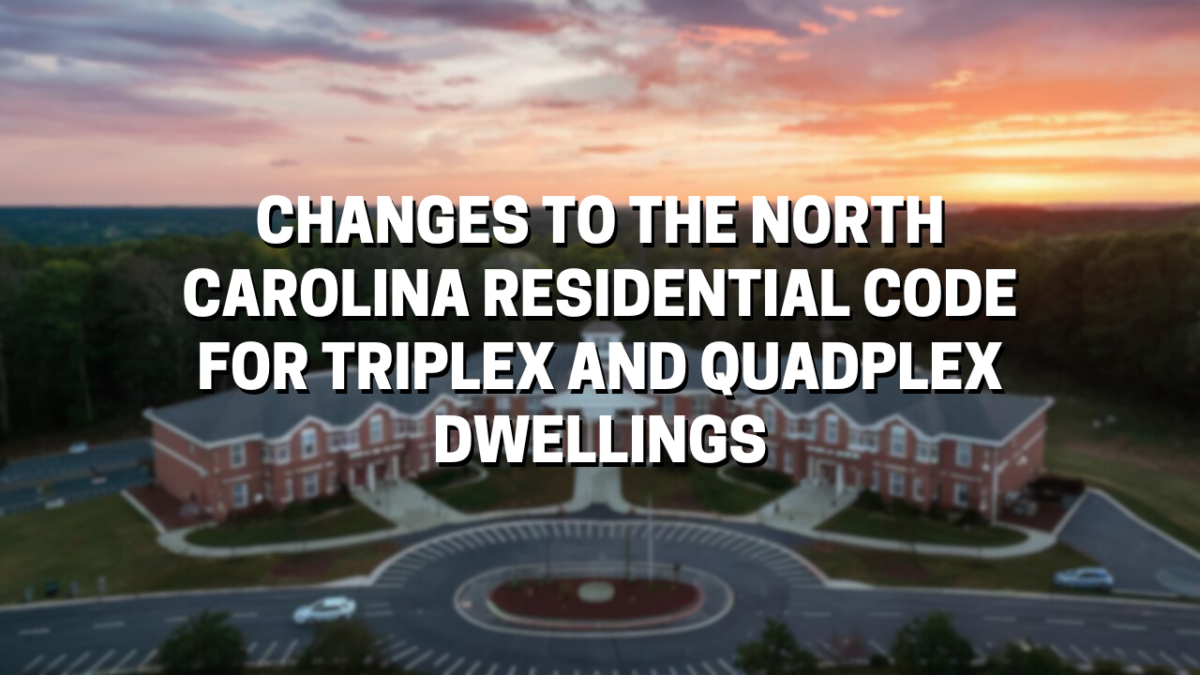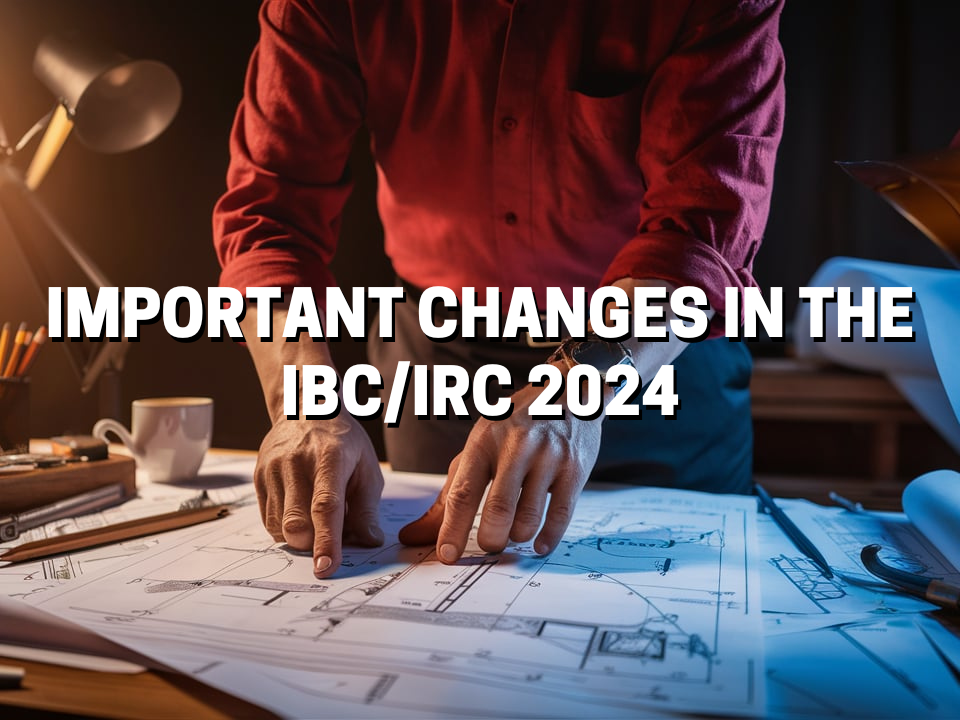North Carolina has recently enacted significant changes to its residential building code, specifically targeting triplex and quadplex dwellings. These changes, encapsulated in House Bill 488 (HB488), aim to address the state’s growing housing needs by making the construction of smaller multi-family units more feasible and affordable.
Key Changes in HB488
1. Inclusion in the Residential Code:
Previously, triplex and quadplex dwellings were governed by the more stringent International Building Code (IBC), which is typically applied to larger commercial facilities. Under HB488, these dwellings will now fall under the less restrictive International Residential Code (IRC), which currently governs one- and two-family buildings. This change will take effect on January 1, 2025.
2. Elimination of Expensive Requirements:
One of the most impactful changes is the removal of mandatory sprinkler systems and the reduction of fire resistance ratings. The new rules specify that triplex and quadplex dwellings will not require automatic fire sprinkler systems and will have a maximum fire resistance rating of two hours for wall, floor, and ceiling separation assemblies. This adjustment is expected to significantly reduce construction costs.
3. Simplified Compliance for Older Buildings:
The revisions also provide a more straightforward path for bringing older, non-conforming buildings into compliance. This is particularly beneficial for cities with a substantial stock of older housing that does not meet current codes but can be safely updated under the new rules.
Implications for Housing Development
1. Cost Reduction:
By aligning triplex and quadplex dwellings with the IRC, the costs associated with building these units are expected to decrease. This includes lower labor costs, as residential contractors and subcontractors typically charge less than their commercial counterparts.
2. Boost to Missing Middle Housing:
The changes are anticipated to encourage the development of “missing middle” housing—small-scale, multi-family units that are crucial for providing affordable housing options in urban areas. This type of housing is essential for accommodating the influx of new residents due to North Carolina’s recent economic growth.
3. Potential Challenges:
Despite these positive changes, several challenges remain. Local zoning laws in some areas continue to restrict multi-family housing types, and financing rules may need to evolve to support owner-occupied projects. Additionally, there is some resistance from local fire marshals, although advances in building materials are expected to mitigate safety concerns.
Conclusion
The amendments to the North Carolina Residential Code represent a significant step towards addressing the state’s housing shortage by making the construction of triplex and quadplex dwellings more practical and affordable. While challenges remain, the potential benefits for small-scale housing development and affordability are substantial. For more information, or if you have questions Gunderson Engineering is here to help!
Sources
- North Carolina Hopes Small Code Change Fills Big Housing Needs
- Bill Summary for H 488 (2023-2024) – Legislative Reporting Service
- Session Law 2023-108 House Bill 488
- The North Carolina Legislature Passed the Best Affordable Housing Reform in America
Contact Us – The MEP Engineering Experts Near Me – MEP Carolina’s Structural Engineering – North Carolina’s MEP Engineering
- Phone: (877) 352-3647
- Email: contacts@gundersonengineering.com
Connect With Us
Related Services North Carolina – South Carolina MEP Engineering Services
- Structural Engineering Services
- MEP Engineering
- Metal Buildings and Structures
- Wooden Decks and Patio Covers
- Stairs and Handrails
- Redline Services






